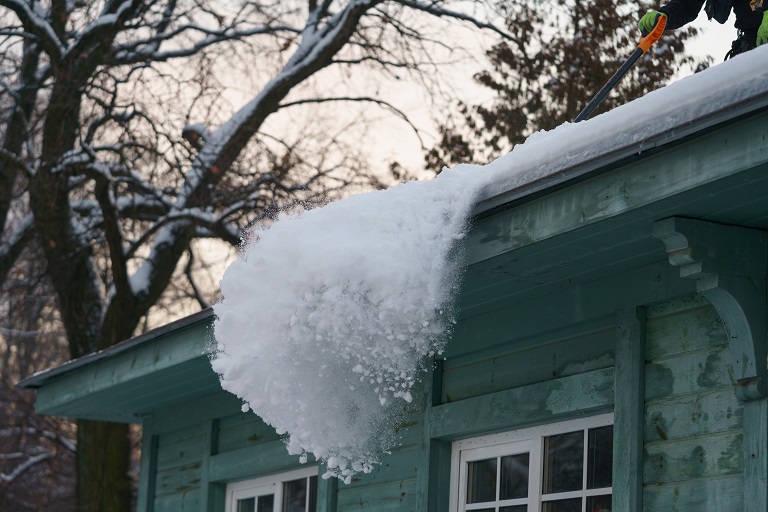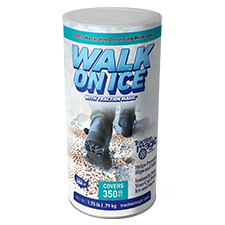Ice Melt System That Stops Roof Ice Dams

Do you know there have been many cases of roof collapses reported in the US? A majority of the accidents are happening in flat-surfaced buildings. Snow can weaken your building’s top and can damage the property. Moreover, it can pose a threat to your customers, employees, and pedestrians as it may fall at any time.
What are ice dams, and how are they formed?
Roofs get stressed if the amount of snow on them is more than four feet. This may result in leakage issues, ceiling stains, and dampness on the wall. Other issues ice dams can cause are the damage to shingles and eavestroughs. Long-term exposure of roofs to snow can damage your building due to the frequent freeze-thaw cycle.

When you heat the building, the underside of your roof gets heated too. As a result, the snow at the base melts down. As a result, the melted ice reaches the eaves. Here it freezes again as this side of the building does not get heated. This causes the formation of ice dams on roofs.
3 Things to consider before buying ice melt
- Choose a non-chloride roof ice melt
Rock salt is not safe for your roof as it contains chloride. The truth is most of the ice melt in the market has chloride in their blend. The shingles and nail fittings of your roof are in danger if the ice melt reaches them. Chemical-bases roof ice melt can also lead to staining of the shingles. This problem occurs when your ice melt contains magnesium chloride or calcium chloride. It may also lead to corrosion of the gutters.
Hence, opt for an ice melter that is free from the above-mentioned chemicals. Safe Thaw is one such chemical that contains 100% natural ingredients and is safe for your roof. Although Safe thaw has an excellent spread rate, you can still use an ice melt spreader to make sure it’s evenly spread out.
100% salt & chloride-free, fast acting Ice Management Solution
- What’s the temperature:
A majority of ice melt and especially rock salt act at a higher temperature. Rock salt works at 15-20 degrees. Therefore, if you live in a cold climate, you need melts made for low temperatures because rock salt won’t work. Safe thaw works at as low as -2 degrees.
- Ice Melt Alternatives:
Installing Heating Cables: One alternative to using ice melt is installing heating cables on the roof. Although prevent the formation of ice dams on the rooftops, be ready for a hike in your energy bill. Another thing you must keep in mind is to unplug them when warmer temperatures arrive.
Spraying Warm Water: Another method you may think of is spraying warm water on the roof. This technique can only be used to remove snow from a small area of the rooftop. Put warm water inside the bottle and spray it on the ice formations until it melts. You need to handle hot or warm water with care to avoid accidents.
Try Also Our Other Winter Safety Products:
Safe Paw
The Original and #1 Selling Pet and Child Safe Ice Melt for over 20 years. Guaranteed environmentally safe – will not harm waterways and sensitive wetlands. Safe Paw can change how winter affects our planet.

Walk On Ice
Prevent slips at home, work or on the go, The handy disposable canister can be taken everywhere, with the same 100% naturally occurring minerals that provide instant traction on ice or snow. Use it on sidewalks, steps, or as instant traction agent for your car.


